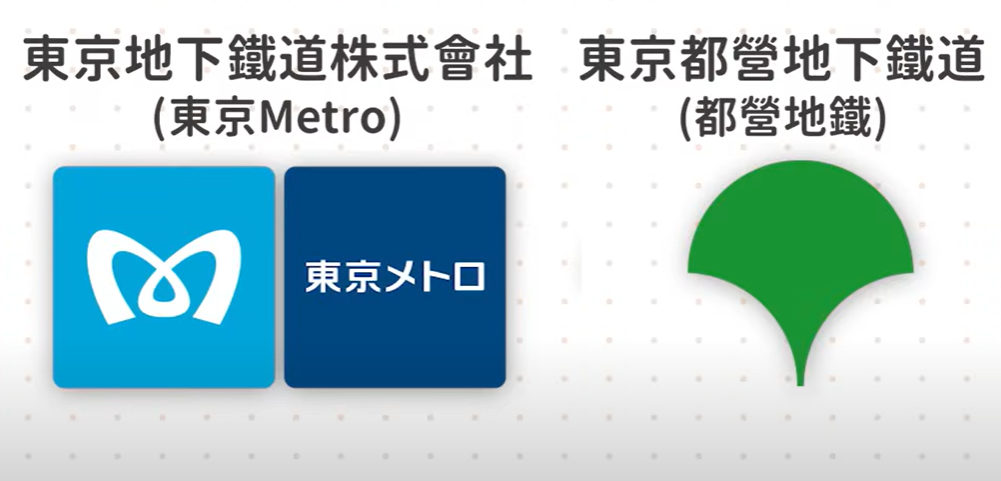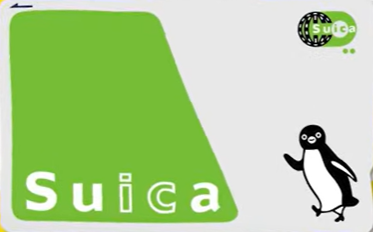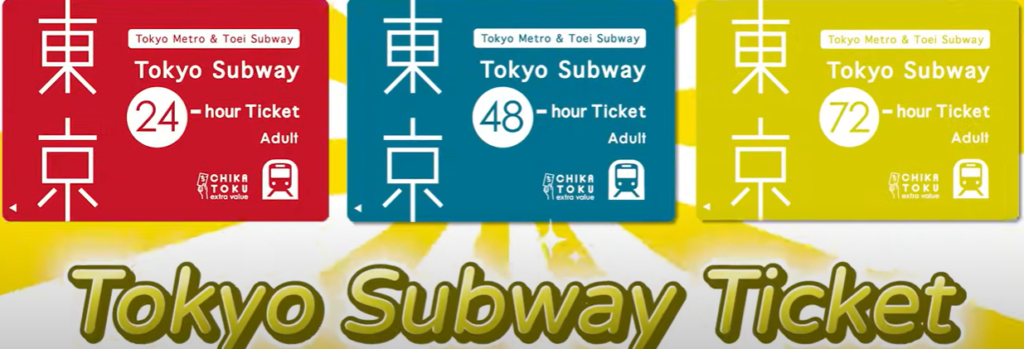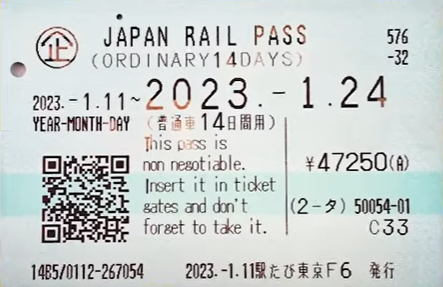To add a clickable link on YouTube that directs viewers to a website, you have several options:
- Video Description:
- In your video description, you can add any URL (starting with “http://” or “https://”), and it will be clickable.
- To add the link, go to your YouTube Studio, select the video you want, and add the link to the description box.
- Pinned Comment:
- Post a comment with the link, then pin it to keep it at the top.
- Go to the video, type your comment with the link, and click the three dots next to the comment to pin it.
- YouTube Cards:
- If you’re part of the YouTube Partner Program, you can add “cards” that appear as pop-ups during the video. YouTube allows links to approved websites, including associated sites, merchandise sites, and crowdfunding.
- To add a card, go to YouTube Studio > Content > select the video > Cards > Add a link.
- End Screens:
- End screens allow you to add clickable links in the last 5-20 seconds of your video, but they’re limited to YouTube-approved links.
- In YouTube Studio, select your video, go to the “Editor,” then choose “Add an end screen.”
Approved Link Types
- Associated Websites: If you have an official site tied to your YouTube account, you can link directly to it, like your blog or online store.
- Merchandise Sites: Promote products directly from video links, but only on approved sites like Teespring or Spreadshop.
- Crowdfunding Platforms: Link to platforms like Patreon or Kickstarter to encourage viewer support.
- Affiliate Links: Add affiliate links in your description or pinned comments for recommended products.
- Fundraisers: YouTube allows you to link verified nonprofit fundraisers as well.




